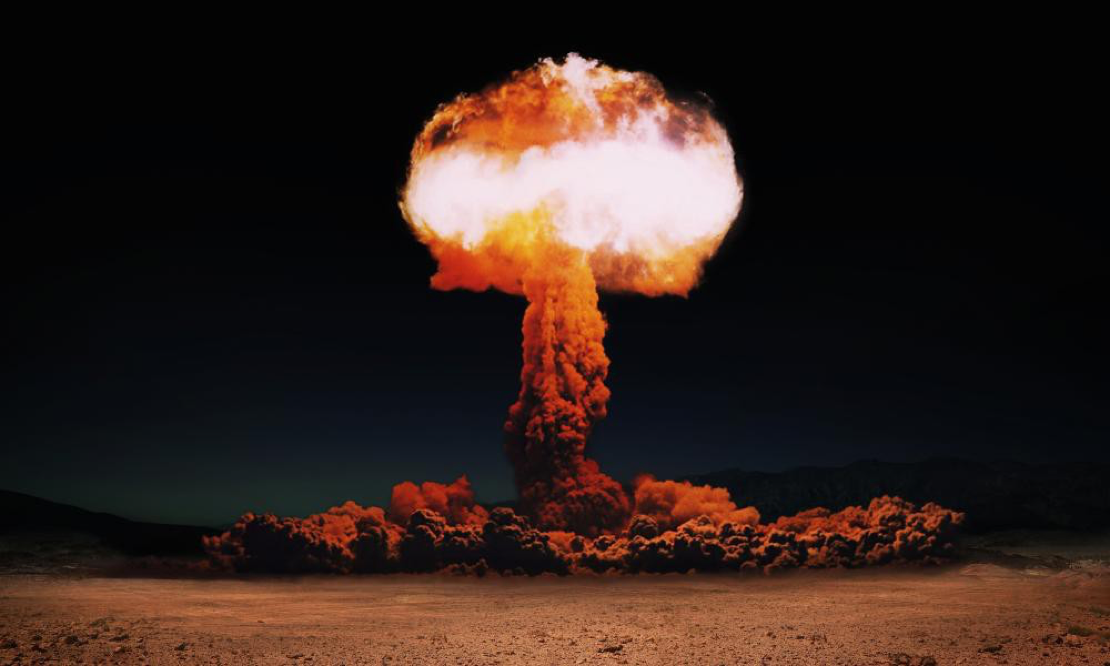Scientists are to pick a location that sums up the current epoch when Homo sapiens made its mark
In a few weeks, geologists will select a site that demonstrates most vividly how humans have changed the structure of our planet’s surface. They will choose a place they believe best illustrates when a new epoch – which they have dubbed the Anthropocene – was born and its predecessor, the Holocene, came to an end.
The Holocene began at the conclusion of the last ice age 11,700 years ago as the great glaciers that had previously covered the Earth began to retreat. In their wake, modern humans spread inexorably across the planet.
Homo sapiens flowered during the Holocene but our expansion had geological consequences. The minerals we mined, the gases we released by burning fossil fuels and the radioactive material we have produced have begun to make fundamental changes to Earth’s geology.
As a result, many scientists believe the Holocene is now over and they have given the name Anthropocene to its replacement, a move that recognises humans as planetary influencers for the first time. As to the date of this event, most point to the years that followed the second world war when countries across the globe embarked on a massive economic and industrial expansion that is known as the “great acceleration”. This triggered the Anthropocene, it is argued.
But exactly where this transformation should be commemorated has yet to be decided. A list of nine sites – including coral reefs in Australia, layers of silt from Canada and ice cores from Antarctica – was created last year by the Anthropocene Working Group as the best candidates in providing markers, in their sediments, that best demonstrate the changes that led to the new epoch.
Votes from members are now being counted and a shortlist will be created for final consideration later this year, starting a process that will require three other senior bodies to support the proposal. The winner will then be marked with a brass plaque, which is used to define sites that reveal changes in strata that signify the onset of a new epoch. One such plaque, on a mountainside in Monte San Nicola, Apulia, Italy, celebrates the beginning 2.6 million years ago of the Pleistocene, the precursor of the Holocene.
“There is no doubt humanity is now playing a major role in influencing the geology of our planet,” said geologist Professor Jan Zalasiewicz of the University of Leicester. “The question is: what spot best exemplifies these changes?”
A key example of the impacts that humans have had on our planet’s geology is provided by aluminium, added Zalasiewicz. “In nature, pure metallic aluminium is rarer than hen’s teeth. It exists only in tiny amounts. Virtually all our aluminium comes from ores in which the metal has formed compounds with other elements.
“Over the past 100 years, we have mined these oxides, hydroxides and silicates, processed them, and extracted around half a billion tonnes of metallic aluminium from them and used it to make everything from pots to airplanes.”
These goods were then dumped when they ceased to be of use. Although some recycling has taken place, metallic aluminium – at one time so rare – has been spread across the planet. “On its own, that would be a sure sign to aliens landing in the distant future that something special was happening to the Earth at this time,” he added.
However, the appearance of metallic aluminium is not the only marker of the Anthropocene. Another example is provided by the element plutonium. It is very, very rare – or at least it was until the birth of the atomic age. Nuclear bombs, tested in the atmosphere, spewed out plutonium which settled on the ground in easily detectable amounts.
Out of Africa: my lifelong mission to trace the origins of man
“If you look at some measures of the Anthropocene – such as aluminium – you see steady growth in amounts over the past century,” said Professor Colin Waters of the University of Leicester. “But until the end of the second world war, there was no plutonium in the ground. Then, abruptly, there was lots of it. That makes it a very good marker for the beginning of the Anthropocene and suggests a date in the early 1950s for its birth.”
Another clear signal that indicates we have entered a new geological epoch is provided by the species we have helped spread round the globe, homogenising Earth’s biology in the process. Examples include the Pacific oyster and the zebra mussel, the latter having spread from Eurasia via ballast water discharged by large ships, displacing native shellfish over much of the planet, including North America.
“Another indicator is provided by plastics which became widespread in use in the 1950s – which most of us point to as the dawn of the Anthropocene,” added Waters. “The main thing we now have to decide is which of the sites we have shortlisted provides the clearest signal among the measures we have selected – plutonium, aluminium, plastics, and other variables – that demonstrate a fundamental epoch change.”
This point was backed by Zalasiewicz. “In the distant future, tens of millions of years from now, advanced species will still be able to detect how we changed the Earth. We need to realise that now.
“All our buildings and roads will have crumbled to dust long before then but the subtle changes that we made to sediments will persist, and show that a global civilisation once dominated this planet with lasting effects.”




